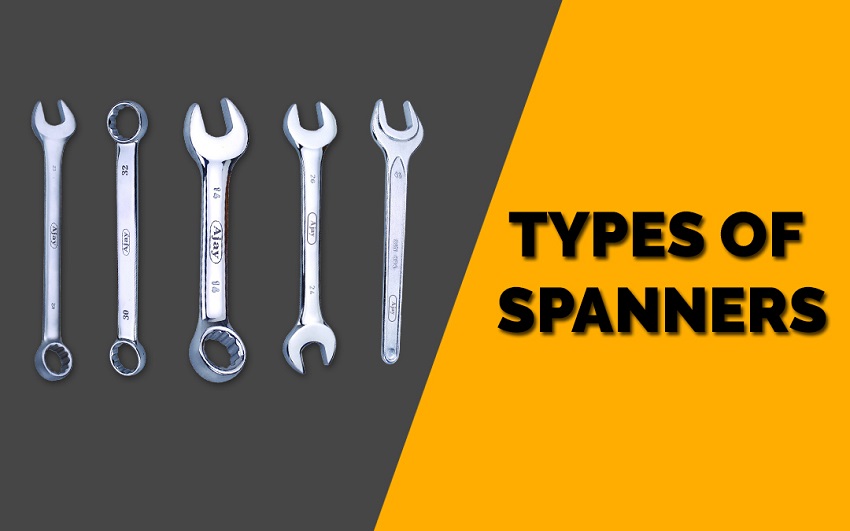When you think about tools, the simple spanner is one of the first things that comes to mind. These incredibly versatile and handy tools are essential across multiple industries, including construction, manufacturing, electronics, telecommunications, automotive, and many more.
But did you know there are dozens of different spanner types? In this article, you’ll learn about five of the most popular kinds of simple spanners and how they’re used across industries.
1. Ring spanner
A ring spanner is a wrench with a round, usually flat, handle. It is used primarily to engage the teeth of a nut or bolt and can also be used as a crank arm on some machine tools.
A ring spanner is primarily used in the automotive industry. It is also used in other industries where an object needs to be turned or moved by hand. Ring spanners are found in many areas such as engineering and construction.
2. Adjustable spanner
Adjustable spanners are also commonly known as shifters. They’re one of the most recognizable types of spanner, featuring an adjustable jaw that can be opened and closed to better fit a nut or bolt.
These types of spanners are highly versatile, making them a great choice for jobs where you’ll be working with multiple fastener sizes. They’re popular across multiple industries and hold a permanent place in any tradie’s toolbox.
3. Open-ended spanner
Open-ended spanners have a U-shaped opening, with each side of the ‘U’ gripping the opposing faces or a nut or bolt. They’re single-piece tools that are highly versatile, making them a popular choice across multiple industries and for DIY work.
There are two main varieties of open-ended spanner—single head and double head. Double-headed spanners usually have two different sizes, i.e. 13mm and 16mm, giving businesses more bang for their buck.
4. Combination spanner
Combination spanners are essentially a blend of a ring spanner and an open-ended spanner. One end of the spanner has a ring-head while the other has an open-ended head, making them a great time and money-saving tool.
These types of wrenches are popular for automotive repair since they allow mechanics to work on several bolts at a time. Combination spanners are often included in spanner sets with multiple lengths and sizes included.
5. Socket spanner
Unlike traditional open-ended spanners, a socket wrench or spanner features a ‘closed socket’ format. The socket looks like a metal cylinder that slots around a nut or bolt. Ratcheting socket spanners are the most popular variety and are often referred to simply as ‘ratchets’.
Socket spanners are generally easier to use than regular wrenches—you can keep the spanner on the bolt as you turn the tool, so there’s no need to continually refit it as you would with a standard spanner.
Conclusion
Where would we be without spanners? They’re critical for creating the furniture, appliances, and vehicles we use each day. Now you’re aware of the different kinds of spanners and how they’re used, you can invest in new spanner sets for your business without worrying about whether or not you’re making the right choice.

